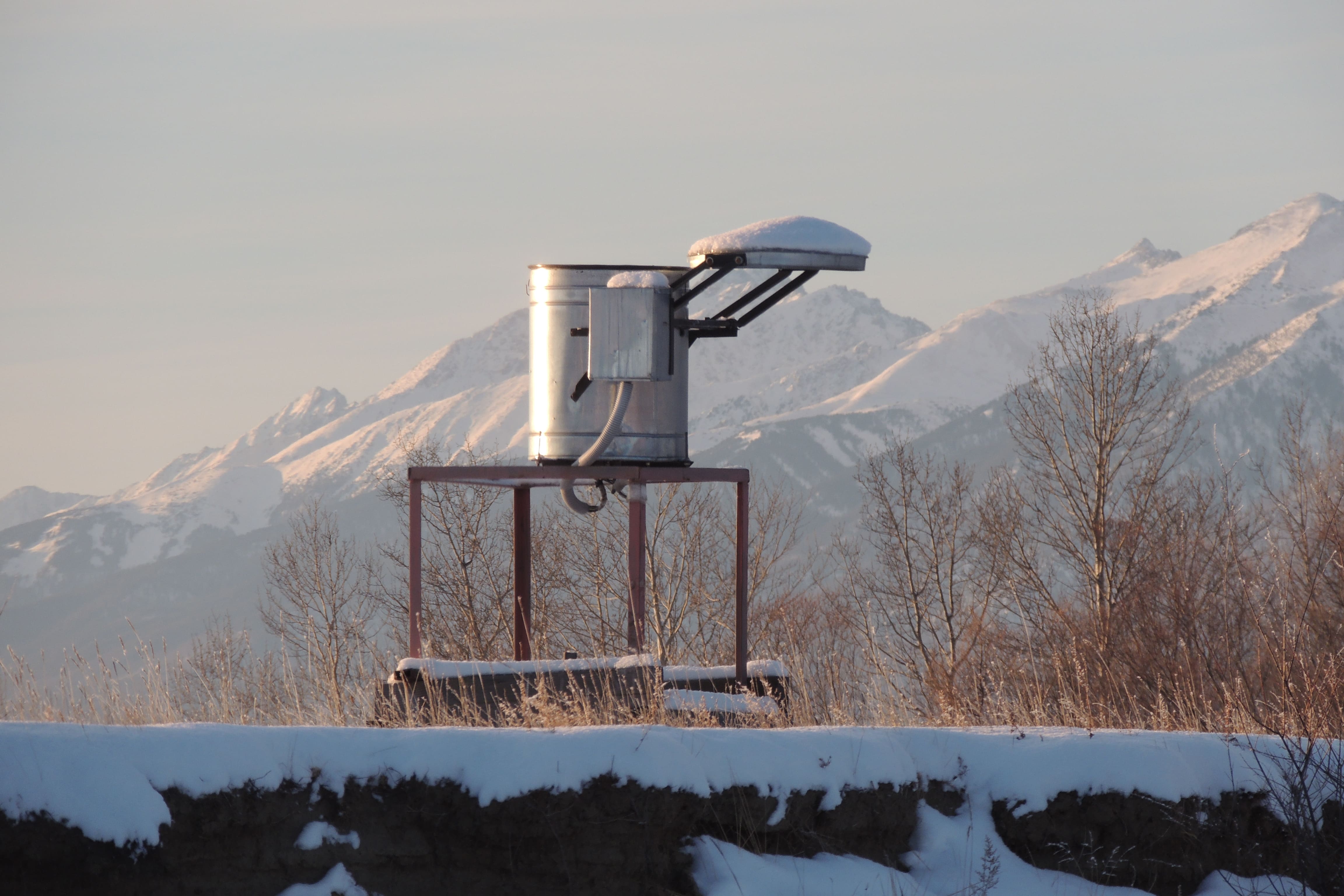The experiments to detect EAS from their Сherenkov radiation in the Tunka valley were started in 1993. The first experimental setup, Tunka-4, consisted of four optical detectors [1]. The optical detector of the facility used KVAZAR-370 hybrid photodetectors with a photocathode diameter of 37 cm, developed for the Baikal neutrino telescope NT200. The next installation, Tunka-13, consisted of 13 detectors based on photodetectors of the same type and operated from 1996 to 1999. In 2000, the number of detectors was increased to 25. This facility, called Tunka-25 [2], operated until 2005. The important results were obtained with it, both in terms of the EAS parameters reconstruction technique and in terms of the energy spectrum of cosmic rays in the knee region spectrum (from 1–10 PeV). In 2009, a new Tunka-133 setup began to operate, consisting of 175 optical detectors that record Cherenkov radiation.

The Tunka-133 is located on an area of about 3 km^2. The detectors are combined into 25 clusters, 7 detectors in each, with a distance of 85 m between them. The each detector contains a 20 cm PMT, the signal from which is sent to the center of the cluster, where it is digitized by a 12-bit ADC with a sampling frequency of 200 MHz.
The link to SINP MSU website: http://www.sinp.msu/project/
[1] Budnev N., Chernov D., Gress O., Korosteleva E., Kuzmichev L., Lubsandorzhiev B., Navarra G., Pankov L., Prosin V., Semeney Yu. et al. // Astropart. Phys. 2013. 50-52. P. 18.
[2] Bagduev R. I., Balkanov V., Belolaptikov I. A., Bezrukov L. B., Budnev N. M., Borisovets B. A., Domogatsky G. V., Donskich L. A., Doroshenko A. A., Garus A. A. et al. // Nucl.Instrum.Meth. 1999. A420. P. 138.

